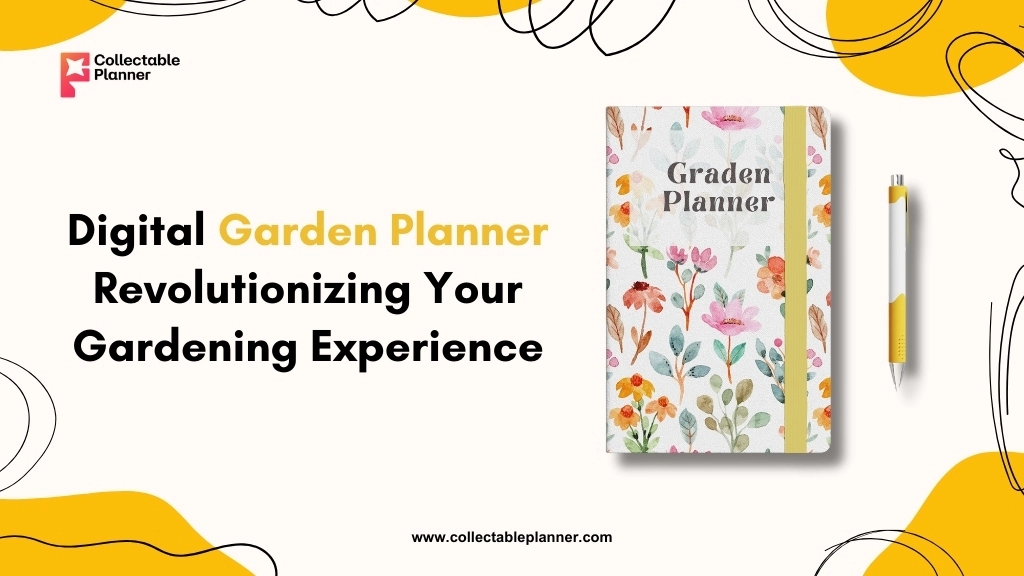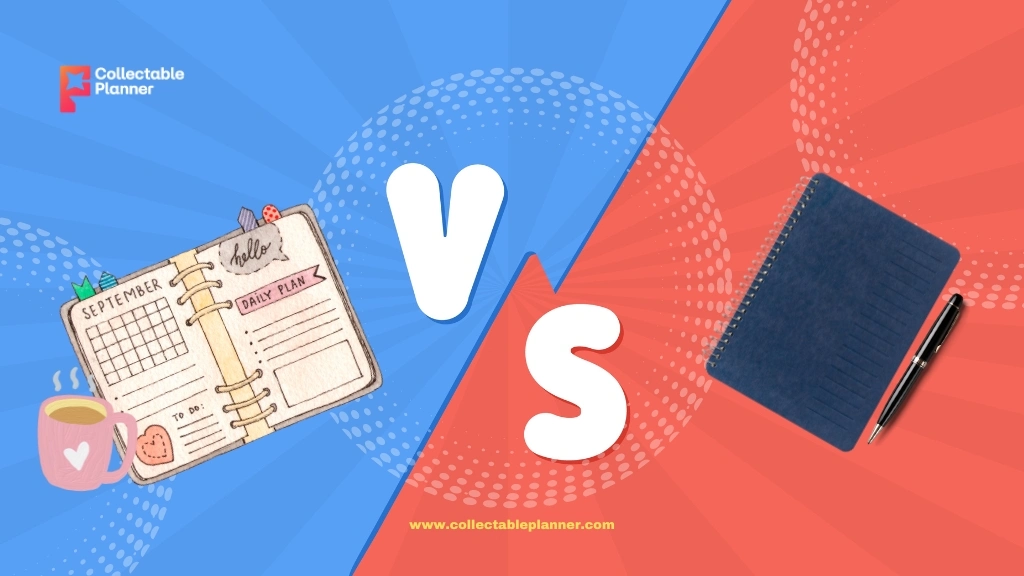Are you thinking of doing gardening or already gardening? Imagine having a digital friend that helps plan your garden effortlessly. That’s where the magic of a digital garden planner steps in! It’s a cool tool that makes gardening easy and fun.
This planner works like a virtual sketchbook where you design and plan your dream garden without any gardening know-how needed. It’s a game-changer, making gardening simple and exciting for everyone.
Our garden planner is designed for all types of gardeners to assist in the planning and organizing of the garden. In this post, we’ll highlight many features and conveniences of our garden planner that will address some common issues in gardening and help solve common problems.
Here are some straightforward features that a garden planner should have:
Easy Designing: The garden planner should be easy to use, like drawing on paper but on a screen.
Plant Library: A collection of plants to choose from, making it simple to pick what you want.
Customization: Ability to adjust plant sizes and garden layouts to fit your style.
Growing Info: Helpful tips about how to grow each plant, so you know what to expect.
Seasonal Support: Suggestions for plants that thrive in different seasons for year-round beauty.
Weather Aware: Tips on how weather affects your plants and what to do during extreme conditions.
Sunlight Guide: Guidance on how much sunlight each plant needs for a healthy growth.
Budget-Friendly: Ideas to plan within a budget, so your dream garden doesn’t break the bank.
Pest & Disease Management: Information on common pests and diseases, along with solutions to protect your plants.
Watering Schedule: Reminders or suggestions for watering plants based on their specific needs.
Soil Analysis: Guidance on soil quality and recommendations for improving it for better plant growth.
Companion Planting: Advice on which plants grow well together to promote mutual growth and deter pests.
Garden Journal: A space to record observations and keep track of plant progress for future reference.
Garden Task Calendar: Alerts or notifications for planting, pruning, or harvesting times to stay organized.
Garden Zones: Capability to design different areas within your garden for various plant needs.
Garden Design Templates: Pre-designed garden layouts for inspiration or quick planning.
Multi-Device Syncing: Synchronization across devices for ease of access and continuity in planning.
Mobile Access: Easy access on your phone or tablet, allowing planning on-the-go.
Sharing Options: Capability to share plans with friends or family for their input or ideas.
These features add versatility and convenience to the garden planning process, ensuring a delightful gardening experience!
Evolution of Gardening Techniques
Gardening has evolved significantly over time, shaped by human ingenuity and a growing understanding of plants and the environment. Let’s explore how gardening techniques have evolved:
Traditional Gardening: Initially, gardening revolved around basic practices. People relied on trial and error, observing natural patterns and local knowledge to grow plants.
Introduction of Tools: With advancements in civilization, the introduction of basic tools like shovels, hoes, and rakes transformed gardening. These tools made tasks like planting and soil preparation more efficient.
Scientific Discoveries: As science progressed, so did gardening techniques. Understanding soil composition, plant biology, and photosynthesis improved gardening practices.
Crop Rotation and Companion Planting: Ancient practices like crop rotation and companion planting emerged. This involved strategically planting different crops in specific sequences to maintain soil fertility and ward off pests.
Gardening Books and Publications: The printing press made gardening knowledge more accessible. Books and publications on gardening techniques reached a wider audience, sharing expertise and best practices.
Industrial Revolution Impact: The Industrial Revolution introduced machinery and fertilizers, revolutionizing gardening. This period saw the rise of greenhouses, enabling year-round cultivation.
Chemical Innovations: The 20th century saw the widespread use of chemical fertilizers and pesticides. While increasing yields, this also led to concerns about environmental impact.
Sustainable Practices: Modern gardening trends emphasize sustainability. Concepts like organic gardening, permaculture, and companion planting have gained traction for their eco-friendly approach.
Technology in Gardening: Today, technology has transformed gardening. Digital garden planners, smart irrigation systems, and soil sensors have made gardening more accessible and efficient.
Urban Gardening: With urbanization, gardening has shifted to small spaces. Rooftop gardens, vertical gardens, and community plots promote gardening in urban areas.
Gardening techniques have come a long way, evolving from traditional practices to a blend of science, technology, and sustainable approaches. As we continue to learn and adapt, the future of gardening holds exciting possibilities!
Benefits of a Digital Garden Planner
Gardening is a fulfilling activity that connects us to nature and offers a serene escape from the hustle and bustle of daily life. With the advent of technology, embracing a digital garden planner is now easier and more beneficial than ever.
Easy Planning: A digital garden planner simplifies the planning process. You can arrange your garden layout effortlessly, designating spaces for various plants and envisioning your dream garden.
Plant Organization: Keep track of plant information such as species, planting dates, and growth progress in one convenient location. It helps in identifying the needs of each plant, ensuring proper care.
Optimized Planting: With tailored recommendations for ideal planting times and suitable companions for each plant, a digital garden planner maximizes your garden’s potential.
Seasonal Management: Seamlessly manage changes across seasons by adjusting your garden plan accordingly. It helps you prepare for seasonal tasks like planting, pruning, and harvesting.
Space Utilization: Utilize your garden space effectively. The planner assists in optimizing available areas by suggesting plant placement for optimal growth and beauty.
Watering & Care Schedules: Easily set watering and care schedules based on plant requirements. It ensures each plant gets the attention it needs without over or under-watering.
Pest & Disease Prevention: Recognize potential issues before they become significant problems. Timely advice and guidance on pest and disease management can protect your garden.
Budget-Friendly: Avoid unnecessary expenses by planning wisely. A digital planner aids in better decision-making by keeping track of your garden expenses.
Accessible Anytime, Anywhere: Access your garden plans from any device, ensuring you’re always connected to your garden, even when on the go.
Environmental Impact: By planting in harmony with nature, a digital garden planner can help minimize environmental impact while fostering a healthier ecosystem.
In conclusion, a digital garden planner simplifies gardening, providing a plethora of benefits that enhance the overall gardening experience. Embrace technology to create and nurture your garden effortlessly!




